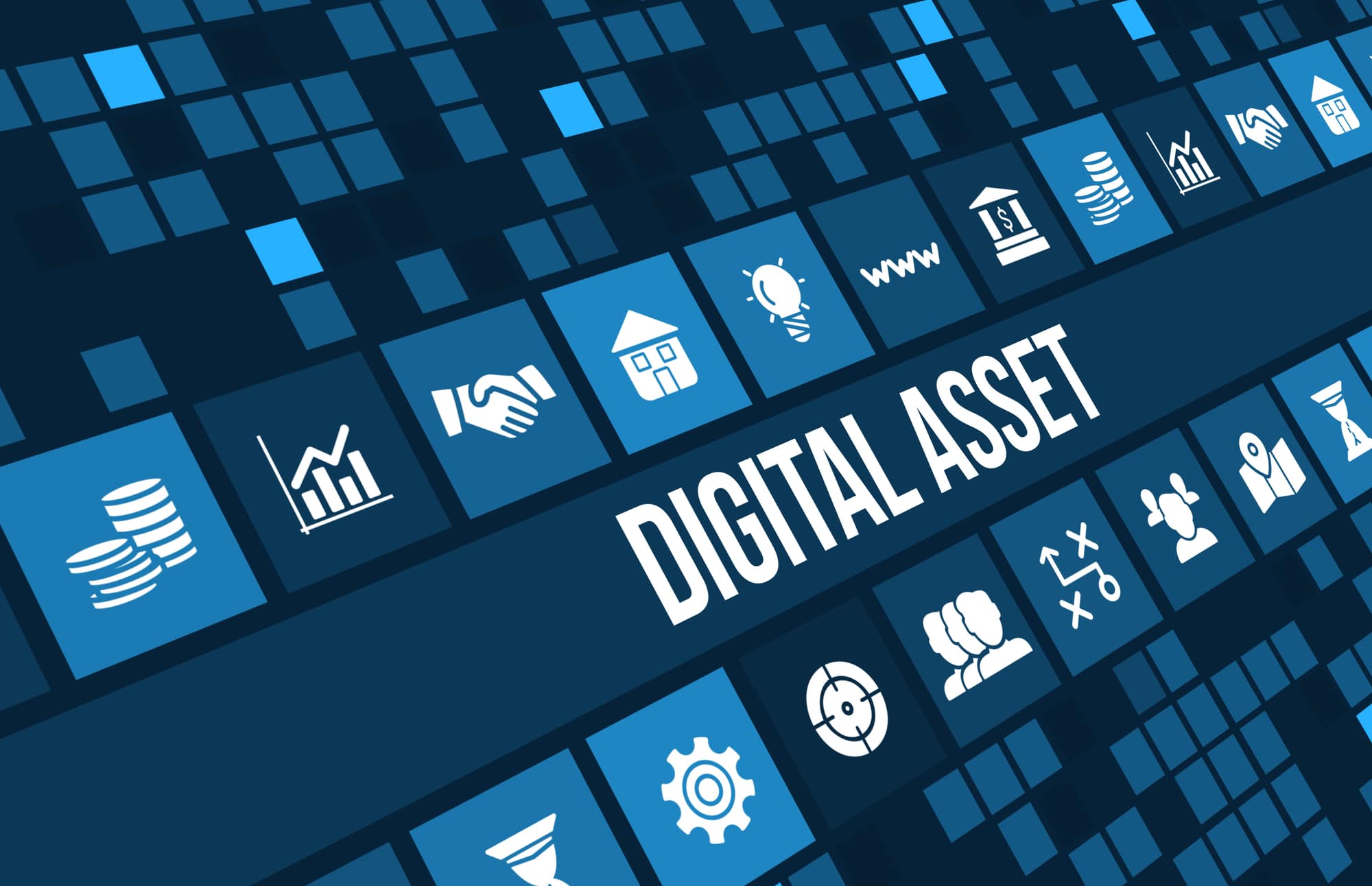Greg reminds taxpayers that there’s a question at the top of Forms 1040 and 1040-SR that asks about digital asset transactions. All taxpayers filing these forms must check the box indicating either “yes” or “no.”
If an individual disposed of any digital asset that was held as a capital asset through a sale, exchange or transfer, they should check “Yes” and use Form 8949, Sales and other Dispositions of Capital Assets, to figure their capital gain or loss and report it on Schedule D (Form 1040), Capital Gains and Losses, or Form 709, United States Gift (and Generation-Skipping Transfer) Tax Return, in the case of a gift.
Examples of transactions involving digital assets include:
- A sale of digital assets.
- The receipt of digital assets as payment for goods or services provided.
- The receipt or transfer of digital assets for free (without providing any consideration) that does not qualify as a bona fide gift.
- The receipt of new digital assets as a result of mining and staking activities.
- The receipt of new digital assets as a result of a hard fork.
- An exchange of digital assets for property, goods or services.
- An exchange/trade of digital assets for another digital asset(s).
- Any other disposition of a financial interest in digital assets.
If individuals received any digital assets as compensation for services or disposed of any digital assets they held for sale to customers in a trade or business, they must report the income as they would report other income of the same type (for example, W-2 wages on Form 1040 or 1040-SR, line 1a, or inventory or services on Schedule C).
More information on digital assets can be found in the Instructions for Form 1040 and 1040-SR and on the IRS’ Digital Assets page.


Facebook Comments